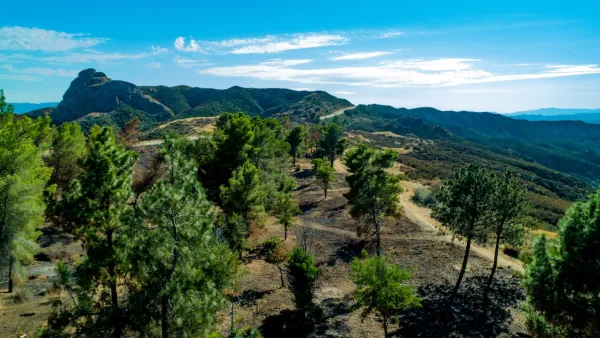The 2023 Maui wildfires have caused significant out-migration, reduced in-migration, and substantial economic losses, reshaping the island’s population and straining its recovery efforts.

The 2023 Maui wildfires have led to significant population shifts, with at least 1,000 residents leaving the island due to displacement, financial instability, and uncertainty about rebuilding. As reported by Dylan Moore and Baybars Karacaovali, State income tax filings provide early insights into these migration patterns, revealing that 430 to 510 residents have moved out of state, while others have relocated to different parts of Hawaii. Additionally, reduced in-migration has contributed to Maui’s declining population, with an estimated 370 fewer people moving to the island than expected. Although these figures likely underestimate the full impact, they offer a critical first look at the long-term effects of the disaster.
Beyond tracking individual relocations, researchers analyzed migration trends within Maui, finding that most displaced residents moved to other areas of the island, particularly within Lahaina. However, a sizable portion left for other Hawaiian counties or the mainland U.S. The analysis also estimates that migration patterns in unburned areas of Lahaina and the rest of Maui County were affected, with residents leaving at rates higher than expected. Despite the limitations of tax filing data—such as delayed reporting and address inconsistencies—the findings suggest that the fires have accelerated out-migration and slowed new arrivals, reshaping Maui’s demographic landscape.
The economic consequences of this population loss are substantial, with an estimated $60 million in annual income leaving Maui and over $50 million lost statewide. These shifts not only reduce local spending but also impact job availability and tax revenues, with the state losing more than $3 million in income tax revenue alone. These figures, however, only capture a fraction of the total economic toll, as they do not account for financial losses experienced by those who remained on the island. Future research aims to assess the broader economic impact of the fires, shedding further light on Maui’s ongoing recovery challenges.
FULL STORY: Migration Effects of the Maui Wildfires: Early Indicators from State Tax Filings

National Parks Layoffs Will Cause Communities to Lose Billions
Thousands of essential park workers were laid off this week, just before the busy spring break season.

Retro-silient?: America’s First “Eco-burb,” The Woodlands Turns 50
A master-planned community north of Houston offers lessons on green infrastructure and resilient design, but falls short of its founder’s lofty affordability and walkability goals.

Delivering for America Plan Will Downgrade Mail Service in at Least 49.5 Percent of Zip Codes
Republican and Democrat lawmakers criticize the plan for its disproportionate negative impact on rural communities.

Test News Post 1
This is a summary

Test News Headline 46
Test for the image on the front page.

Balancing Bombs and Butterflies: How the National Guard Protects a Rare Species
The National Guard at Fort Indiantown Gap uses GIS technology and land management strategies to balance military training with conservation efforts, ensuring the survival of the rare eastern regal fritillary butterfly.
Urban Design for Planners 1: Software Tools
This six-course series explores essential urban design concepts using open source software and equips planners with the tools they need to participate fully in the urban design process.
Planning for Universal Design
Learn the tools for implementing Universal Design in planning regulations.
EMC Planning Group, Inc.
Planetizen
Planetizen
Mpact (formerly Rail~Volution)
Great Falls Development Authority, Inc.
HUDs Office of Policy Development and Research
NYU Wagner Graduate School of Public Service




























